To learn regression analysis, you don’t have to be a math genius. Actually, math doesn’t even need to have been your best subject in school. Thanks to programs like Excel, R, and SAS, anyone with a desire to understand the correlation between two or more variables in a data set can build a regression model that fits the data.
But the road to responsible regression modeling is full of potholes. Even if you’re using a piece of powerful software, you should understand the statistical principles that inform what you’re doing, why you’re doing it, and how you can do it better.
This guide will explore what it takes to learn regression analysis the smart way. After a brief introduction to the what, the why, and the how of regression analysis, we will survey a hand-picked list of classes, books, and other resources that can turn your curiosity into knowledge.
What Is Regression Analysis?
Regression analysis is a popular method for figuring out how two or more variables in a data set are related. It consists of collecting data, choosing which variables to analyze, mapping the data points in relation to one another, and building a regression model that fits the data as closely as possible.
Sometimes regression models will have large error terms indicating relatively weak correlation. The smaller the error term, the stronger the correlation. Models that reveal strong correlations help people who use data to see, understand, or predict something about their world that would not have been clear to them without regression analysis.
What Is Regression Analysis Used For?
Perhaps it would be more efficient to ask what regression analysis is not used for. As a matter of fact, countless fields in both the private and public sectors use regression analysis as their preferred method for solving problems and innovating solutions. Of these fields, the three listed below are leading the charge for new discoveries.
- Academic research. From quantitative fields in STEM to soft sciences like political science and economics, scholars across academia apply the techniques of regression analysis to answer research questions and create new knowledge.
- Machine learning and artificial intelligence. As far as some folks are concerned, machine learning and regression analysis are the same thing. Indeed, regression is the bedrock of many machine learning algorithms, and thus the launching pad for a lot of AI research. We program computers to run regression models, and as we feed them new data, their updated models manifest as a form of learning.
- Business intelligence. All businesses want to know how to increase profits. By building a regression model with sales or costs as the dependent variable, bosses can use past data to predict what future revenues or expenditures will be if certain conditions hold.
Types of Regression Analysis
Any time you map the relationship between two or more variables, or tell a computer program to find the strongest correlations in your data set, what you’re doing is deriving the mathematical equation that best expresses how your data points fit together.
That mathematical equation is the regression line or regression curve that runs through the data. Each type of regression corresponds to a different equation type and, consequently, a different type of curve. The three basic types are simple linear regression, multiple linear regression, and nonlinear regression.
Simple Linear Regression
The equation for a simple linear regression model represents the linear relationship between your dependent variable (Y) and a single independent variable (X), and includes a coefficient representing the slope of the line, a value for the Y-intercept, and an error term. Having this equation allows you to predict the relationship between unknown quantities of X and Y.
Multiple Linear Regression
Similar to simple linear regression but harder to depict graphically, a multiple linear regression model generates an equation showing the relationship between one dependent variable and two or more independent variables. The equation includes a Y-intercept value, an error term, and as many coefficients as there are independent variables.
The benefits of adding additional variables to your regression model are twofold. First, you can assess the interaction of multiple variables on your dependent variable at once. Second, the consideration of half again as many data points to your model gives you a higher likelihood of mapping a strong correlation.
Nonlinear Regression
The equations for nonlinear regression models display more complex relationships in the data. Instead of adding various X variables together and expressing them all in terms of Y, a nonlinear regression equation might express a logarithmic or polynomial relationship.
Learning Regression Analysis
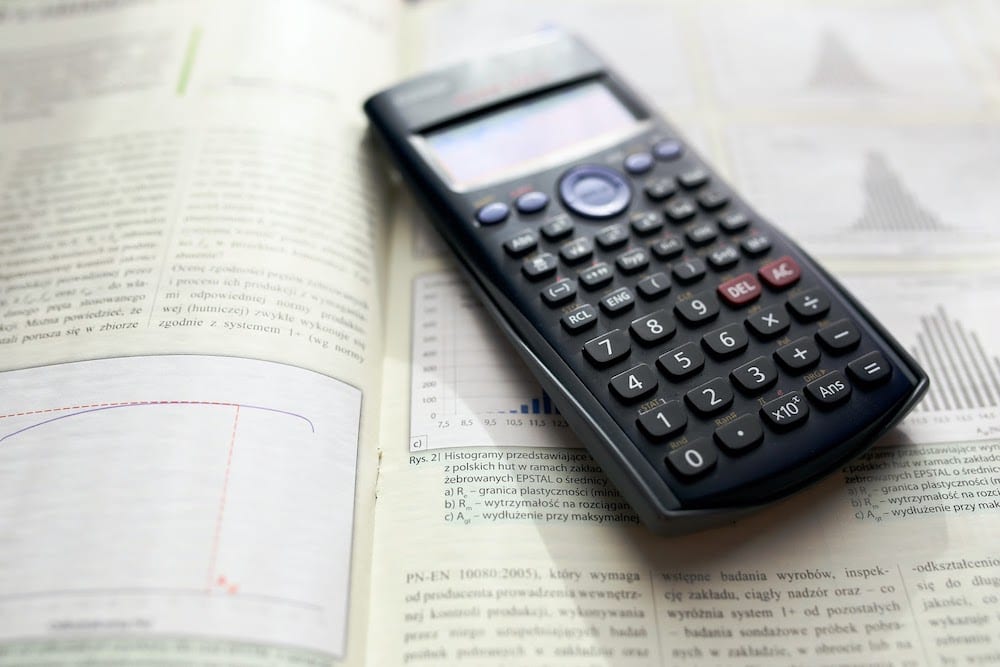
You’ve been learning math as long as you’ve been going to school. And if you’ve ever been graded on a curve, or ever read a piece of data journalism, then you have some statistics, too. To learn regression analysis is just a matter of building on that foundation with a level of training that corresponds to the projects you need to use it for.
How Long Does It Take to Learn Regression Analysis?
It depends on what you want to use it for, but you can learn the basics of linear regression in a single semester at community college, or in a few weeks as part of an online course.
To truly become an expert in regression analysis, however, you probably need to get a master’s degree in statistics, complete a program in data science, or go to school for machine learning, any of which will take you between two and four years.
How to Learn Regression Analysis: A Step-by-Step Guide
Follow these five steps and repeat them as many times as necessary to become a pro at statistical modeling.
- Study core concepts underpinning regression. The fundamentals of statistical theory and correlation are essential. Skipping these leads to bad regression models.
- Acquire a data set and develop a research question. There are many free data sets online that you can use to practice exploring relationships.
- Build a regression model. Do it by hand or use a program, but whatever you do, make sure you understand which type of regression model you’re using and can read its corresponding equation.
- Test the strength of your model. The stronger your correlation, the smaller the variance between your data points and the line. In a linear model, you can calculate R-squared to assess your model’s strength.
- Add nuance to your regression models. Weak correlations make for uninformative models. Try different variable combinations or a different type of regression, but be aware that some regression outcomes that seem strong are the result of flawed processes. This is why step one is so important.
The Best Regression Analysis Courses and Trainings
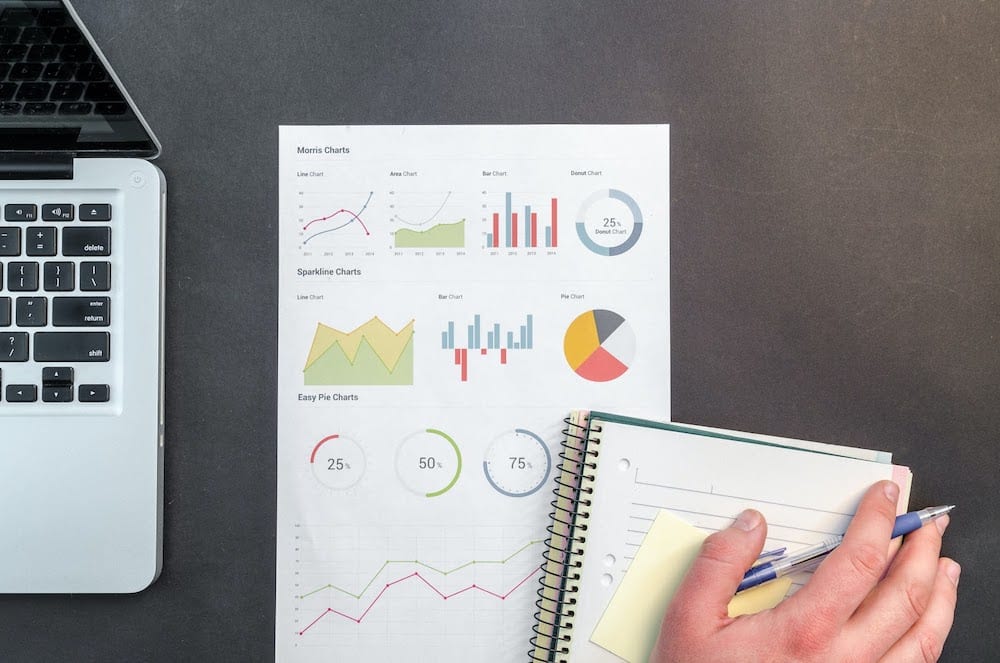
The best courses for learning regression analysis are either ones you take on the way to learning statistics or as part of a training curriculum for one of the many professional fields that use regression as an applied method of data analysis.
But when you just need the knowledge and don’t care about a diploma or certificate, you can and should shop for standalone courses. Whether you want live instruction at a premium, remote learning at a bargain, or quick-and-dirty free courses, you’ve come to the right place.
Best Live Regression Analysis Classes
As technology renders the line between live and virtual ever more blurry, it also collapses the distinction between in-person and remote courses. And amid the COVID-19 pandemic, fewer and fewer classes are being hosted in actual classrooms.
A live-streamed virtual course is thus an excellent substitute for classroom learning. If you can fit either of the two classes in this section into your schedule and into your budget, you can learn regression analysis from a live instructor from the comfort of your home.
MIT Professional Education
- Name: Foundations of Data and Models: Regression Analytics
- Dates: July 19-23, 2021
- Prerequisites: Familiarity with computing and statistics
- Cost: $4,500
When you have a chance to take an MIT-affiliated class, you should do it. The $4,500 price tag is more than some can spare, but if you can make it work, you’ll get a front seat for core training in machine learning and artificial intelligence, two of the hottest applications of regression techniques in the world today.
But anybody who wants to learn how to fit data to models can attend, and the instructor does not give preference to any particular application over another. Everyone starts fresh with an introduction to the guiding assumptions of statistics and the ethics of working with data, and only then does the course move on to specialized concepts and techniques.
SAS: Analytics Software and Solutions
- Name: Statistics I: Introduction to ANOVA, Regression, and Logistic Regression
- Time: February 21-23 and March 1-3, 2021
- Prerequisites: Familiarity with SAS and statistics
- Cost: $2,100
In today’s world, finding a good piece of analytics software is half the battle, and SAS is one of the leading products in that space. By teaching regression analysis through the lens of SAS, the course kills two birds with one stone.
You learn both linear regression and logistic regression, you explore how to model many variables from the same data set against one another, and you gain fluency with SAS. As a bonus, the knowledge you gain can also help you pass one of two SAS certification exams.
Best Online Regression Analysis Courses
On the one hand, many students prefer interactive engagement in a virtual setting to pre-recorded lectures. On the other hand, the latter type of online course is more affordable.
Good lessons are valuable regardless of how they’re delivered, of course, and they’re much cheaper to disseminate as recordings.
Weighing all of these factors, we have selected two distance-learning options for you that meet a high standard of teaching and learning outcomes at a low cost.

"Career Karma entered my life when I needed it most and quickly helped me match with a bootcamp. Two months after graduating, I found my dream job that aligned with my values and goals in life!"
Venus, Software Engineer at Rockbot
The Institute for Statistics Education (Statistics.com)
- Name: Regression Analysis
- Time: 4 weeks
- Prerequisites: Basic understanding of statistical concepts
- Cost: $589
Great for anyone looking to become a Certified Analytics Professional, this course covers all the factors that contribute to sound regression modeling. The curriculum is well-designed and digestible, with one week on simple linear regression, one week on multiple linear regression, and two weeks on building single and multiple linear regression models.
Duke University (Coursera)
- Name: Linear Regression and Modeling
- Time: 10 hours over 4 weeks
- Prerequisites: None
- Cost: $49/month after free trial
Taught by a statistics professor at Duke, this course is cheaper than the first option while covering much of the same ground. Students learn the theory behind linear regression, test the theory on real data examples, and then, in a final project, use R and RStudio to take a data set and build a regression model that fits the data.
Best Free Regression Analysis Courses
And then there are the freebies. You wouldn’t necessarily think that a subject as useful as regression analysis would have high-quality free options, but the demand for the knowledge is high enough to drive prices close to zero, and the incentives for teaching it well are high enough to drive bad actors and the misinformed to the margins.
But you still have to be careful to avoid bad information. Below are two free options that we guarantee you can trust.
Harvard University (edX)
- Name: Data Science: Linear Regression
- Time: 8 weeks, 1-2 hours per week
- Prerequisites: None
- Cost: Free to audit
Harvard and free are not concepts that you often see in the same sentence. But thanks to edX, you can access everything in this introductory linear regression course without paying a cent. Part of their professional certificate in data science, the course focuses on multiple linear regression with an emphasis on controlling confounding variables.
This course will especially appeal to those who like sports. Its central case study looks at how baseball teams use techniques of regression to test the correlation between various independent variables and the dependent variable of runs scored.
Michigan Technological University
- Name: FW5411 – Applied Regression Analysis (Podcast)
- Time: 11 audio lectures, 50 minutes each
- Prerequisites: None
- Cost: FREE
While it may seem counterintuitive to start your journey into regression analysis with an applied approach, such courses tend to target non-specialists, and therefore will progress at a comfortable pace through the fundamentals.
Such is the case for this podcast, a series of recorded lectures from the Spring 2014 version of the Applied Regression Analysis graduate course in the School of Forest Resources and Environmental Science at Michigan Tech. With three lectures on basic statistics, two lectures introducing regression, and only five lectures on more advanced topics, it will make for informative listening the next time you’re working out or doing the dishes.
Best Regression Analysis Books
The most efficient way to learn regression analysis from a book is to check out the secondhand market for textbooks, which is overflowing with introductory and advanced material. But unless you’re enrolled in a statistics course or you’re an autodidact, those won’t do you much good.
By comparison, books written for mainstream audiences are much more appetizing. Once your palate has developed a taste for the subject, you’re more likely to be able to digest the textbooks.
With that in mind, for an approachable introduction to regression analysis, try the two titles below.
The Art of Statistics: How to Learn from Data, By David Spiegelhalter
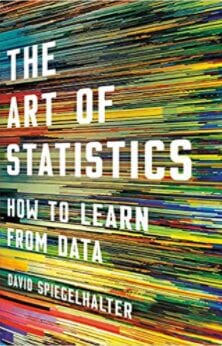
The business of statistical modeling gets pretty wonky pretty quickly, and regression analysis is just one of many viable approaches that data scientists use to search for meaning in their data sets. Without slowing down to consider where regression fits into the broader field of statistics, you may end up applying the method more haphazardly than you would like.
Reading Spiegelhalter’s book will ensure that you never miss the forest for the trees. Start with chapter five if you’re eager to get right down to regression, but then read the book from start to finish to better contextualize its purpose and function. By the end, you’ll have a much greater appreciation for the kinds of knowledge that regression analysis makes possible.
Linear Regression and Correlation: A Beginner’s Guide, By Scott Hartshorn
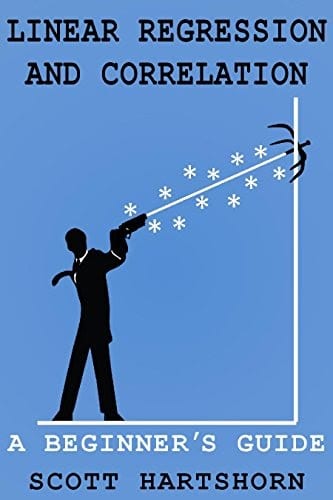
Although statistics software like R, SAS, and Python makes regression analysis much less time-consuming, it deprives students of the experience of doing the mathematical work for themselves. The purpose of this book is to demonstrate for readers the manual way to go from a data set to a scatter plot, and from there to a regression line equation.
It’s as simple as that. Copious visual examples of simple linear regression, multiple linear regression, and exponential regression fill up the pages, and nothing else. Learning to construct linear models from scratch will make you feel like a mathematical wizard, and you’ll never look at your software the same way again.
Best Online Regression Analysis Resources
All you really need for regression analysis is a data set, a statistics program, a WiFi connection, and spare time. That’s because, in addition to all the formal courses the Internet has to offer, there are plenty of other resources for inquisitive minds to learn and practice the science of correlation.
After learning the basics and acquiring the necessary tools, you can hit up these websites to start applying your knowledge.
Dataquest Blog: Regression Analysis Tutorials and More
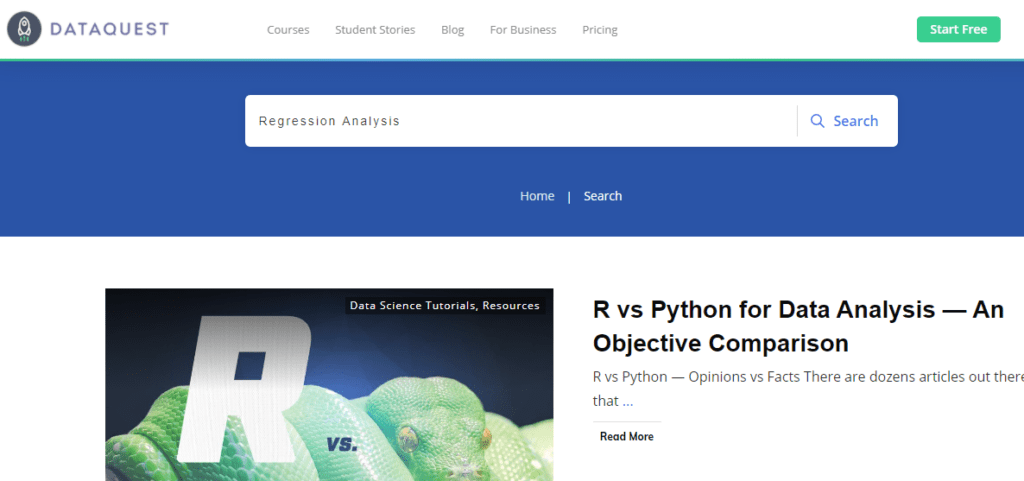
The good folks over at Dataquest preach the virtues of learning by doing. Whereas most of their educational material in this vein falls under the general rubric of data science, their blog is full of great tutorials on the specific topic of regression analysis.
By availing yourself of the search function, you can explore the role of linear regression in machine learning, read up on how to use regression analysis to build a predictive model, or learn about the relative merits of R and Python as modeling tools.
The Data and Story Library (DASL)
Our data is meaningless unless we have a compelling story to tell. Suppose you have a brilliant idea for a regression analysis project, but you aren’t quite sure why it matters or how to make your peers excited about it. The Data and Story Library is the place to go.
With nearly two hundred regression-based stories in its collection, all of which are free to browse, the DASL will spark your creativity and return the luster to your brilliant idea.
Should You Study Regression Analysis?
As one of the most reliable statistical methods ever invented, regression analysis is undoubtedly a valuable skill to learn. But as with most powerful tools, it must be wielded with caution and grace. You cannot learn regression analysis merely by downloading a statistics program and experimenting with data sets. You must also understand the theory behind it.
If you believe that studying regression is worth your time, take stock of how it can help you seek a promotion, switch departments, or try out an entirely new career path. But before you jump into data science, statistics, or machine learning, you should read up on their differences and decide which one is right for you.
Who knows? Your next regression model may be the first step towards a stronger correlation between your career and your passion.
About us: Career Karma is a platform designed to help job seekers find, research, and connect with job training programs to advance their careers. Learn about the CK publication.



